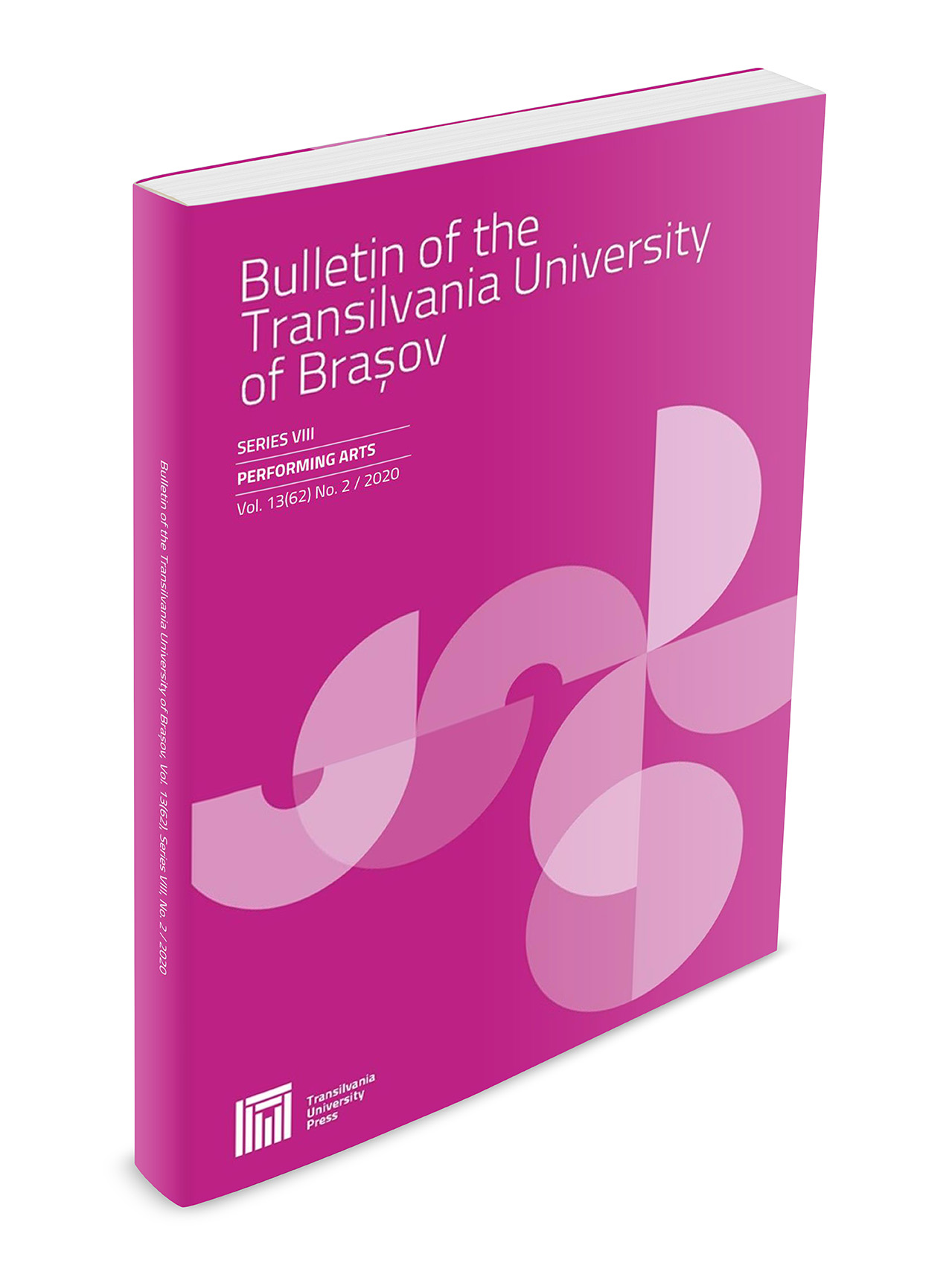Time and religious feeling in Postmodernism: Louis Andriessen
Keywords:
musical minimalism, timelessness, postmodern religiosity, Louis AndriessenAbstract
This paper addresses a recent issue, which cannot be said yet, whether it is a new look at the minimalist music of postmodernism or the discovery of a not-yet fully realized new direction in the history of music. Having abandoned the technique and the axiology of tonal music, with notions such as key, the hierarchy of intervals, reprise, crescendo, etc. rendered irrelevant, postmodernism, and to a greater extent, its minimalist version seemed to be immune to the religious dimension of human sensibility, which essentially resembles the experience of connecting the present moment to an immutable, eternal, over-time order. However, the minimalist aesthetics of the post-war era made up for the loss of hierarchical and teleological structures of tonality by what Jonathan Kramer called "vertical time". Sustained sound, sine (sinusoidal waves), and the sound environment are attempts to recover temporality through the extension of the present moment, the unison filling with the symbolic charge of an archetype. Closing modernity between brackets, humanity rediscovers the sources of its spirituality. The paper suggests a way of listening and interpreting, emphasizing the importance of the audience in the music of the last decades.Downloads
Published
Issue
Section
License
Copyright (c) 2018 Bulletin of the Transilvania University of Braşov. Series VIII: Performing Arts

This work is licensed under a Creative Commons Attribution 4.0 International License.




